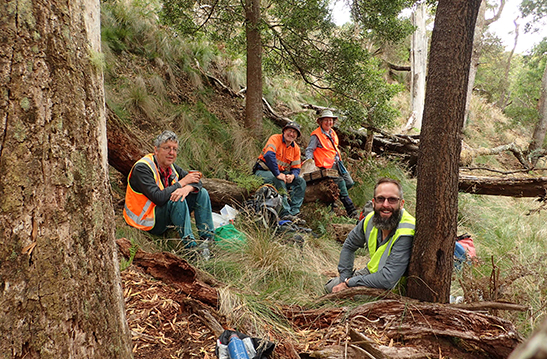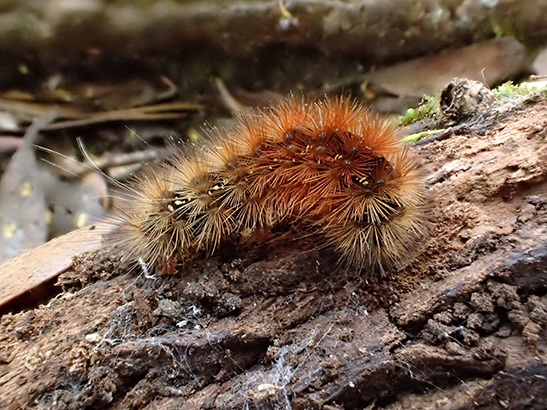TMAG’s Expedition of Discovery 2023
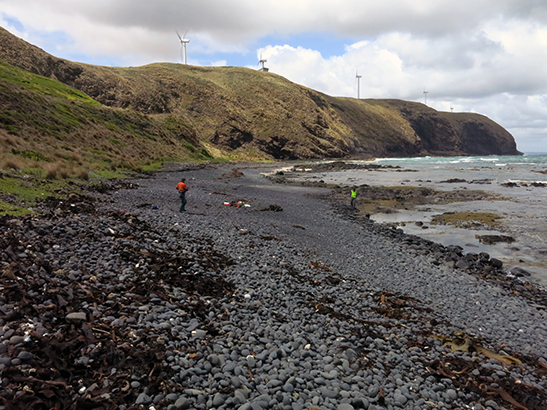
In February, the Tasmanian Museum and Art Gallery’s (TMAG) scientists completed their annual Expedition of Discovery, and are currently working through their new collections of plant and animal specimens.
Since 2017, TMAG’s botany and zoology teams have embarked on annual expeditions to explore some of the more remote areas of Tasmania, to build the State Collection, document the flora and fauna of these poorly known areas, and to discover and formally publish species new to science or species previously unreported for Tasmania. Last year’s expedition was to the Ben Lomond plateau.
This year’s expedition took place at the Woolnorth Wind Farm in the far north-west of Tasmania and was generously funded by Woolnorth Wind Farm Holding Pty Ltd, who also previously sponsored the 2018 expedition to their wind farm at Musselroe Bay. Being an industrial, energy-generating site, as well as very remote, Woolnorth Wind Farm is not publicly accessible, so it was an enormous privilege for the TMAG team to have access to this area.
Botany
With only a few specimens in the TMAG Herbarium from the Woolnorth area up until now, this year’s expedition will greatly enhance the scope and coverage of the State collections. Most of the plant specimens made by the team are currently awaiting study, identification and curation.
Head of Herbarium Dr Gintaras Kantvilas said that although the property’s most recent history is principally as a farm, there are significant remnants of natural vegetation, which were the focus for the botanists.
“Plant communities explored and sampled by the team included wet scrub surrounding enormous outcrops of quartzite, wetlands, coastal heathland on basalt and quartzite, and woodland and forest,” Gintaras said.
“The paperbark-dominated vegetation proved to be a treasure-house, with the first botanical discovery of the trip being the tiny fungus Arthonia stictaria, which was previously known only from New Zealand. Also identified and awaiting further research are two tiny crustose lichens, from the genera Arthothelium and Enterographa, found on the old paperbark trees and very likely to be new to science.
“In addition, several of the remarkable species discovered previously on earlier expeditions and which are new to science, were found again in similar vegetation at Woolnorth, and will fuel ongoing taxonomic research.”
Zoology
The invertebrate zoology team collected samples and specimens from more than 30 separate localities within the two Woolnorth wind farms, ranging from roadside ditches to sandy beaches, lagoons, wet heathland, paperbark thickets, dry woodland, gullies and clifftop grasslands.
Senior Curator of Zoology Dr Catherine Byrne said several different trap types were set both before and during the expedition to collect insects.
“During the week, the team concentrated on collecting using a range of methods such as sweep-nets, sieving leaf litter and sand, rolling logs, turning over beach wrack and general fossicking. Every evening, two team members also ventured out with the ultraviolet light moth traps,” Catherine said.
So far, the team has registered more than 1 600 separate insect and other invertebrate specimens, with more to follow, though it will be many months before much of this material is sorted and identified.
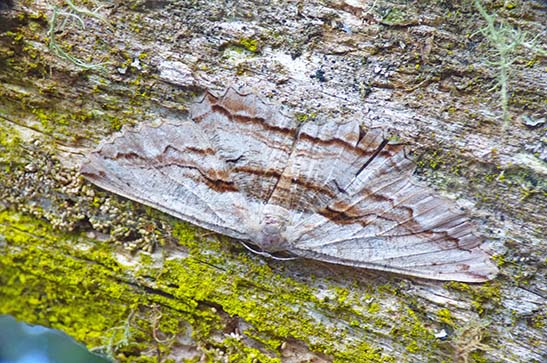
Senior Curator of Invertebrate Zoology Dr Simon Grove said a few highlights from field identifications include at least two threatened invertebrate species.
“We were excited to come across the Marrawah skipper butterfly, which in Tasmania is confined to the far north-west of the state, and the keeled snail, which is endemic to Tasmania and is similarly restricted in its distribution,” Simon said.
“Another species that is rare in Tasmania, and is on the threatened species list in Victoria, is the screech beetle, or squeak beetle – a sort of water beetle that squeaks when picked up. These were found flying above one of the small lagoons.”
Plenty more finds will emerge once both teams have worked their way through all the specimens. Most of their haul will be identified within a few months, but it may take years to fully identify everything. Stay tuned for more news of potentially exciting discoveries!
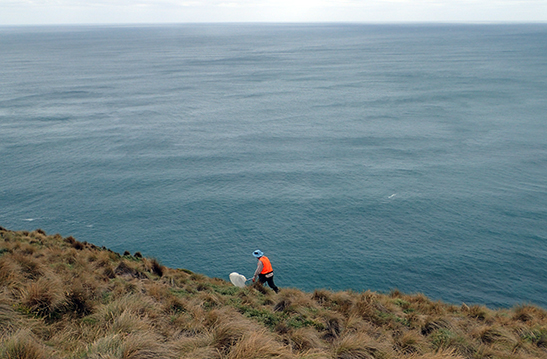
Image captions:
1. Miguel de Salas and Matthew Baker survey the foreshore beneath the giant turbines of Bluff Point, Woolnorth
2. The botany team have a tea break in the bush
3. A caterpillar belonging to the genus Anthela, often called woolly bears
4. Scioglyptis lyciaria (bark moth)
5. Dr Simon Grove sweep-netting for insects among cliff-top tussock-grassland


